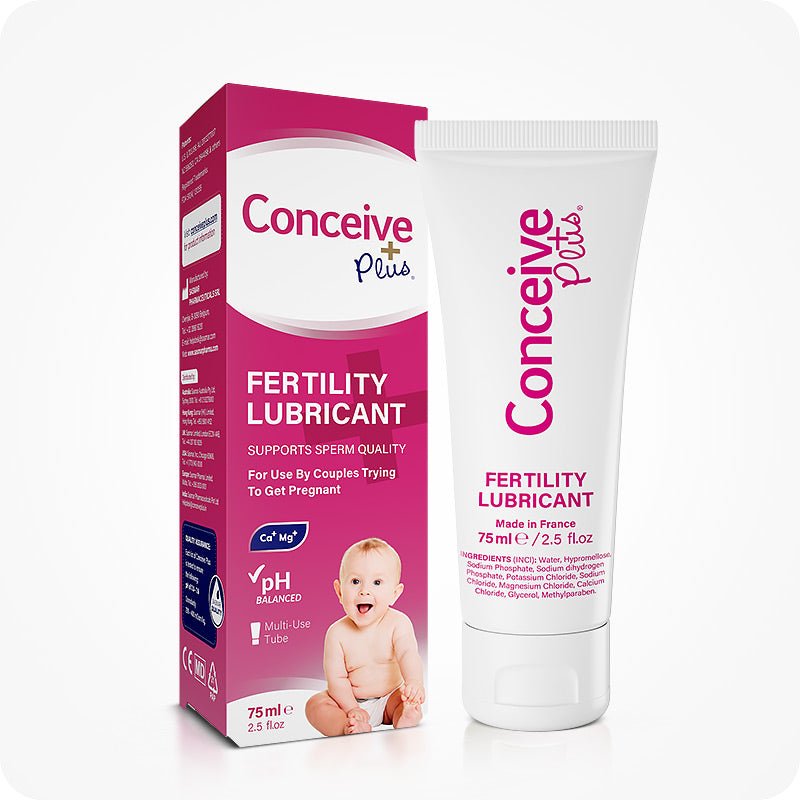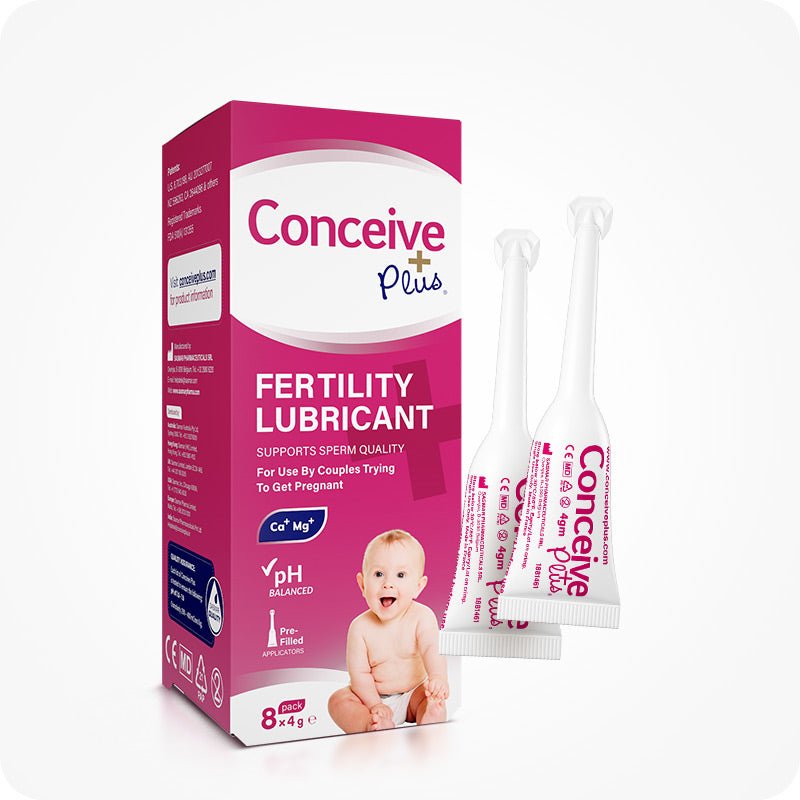How to Know the Signs a Man is Fertile and Understand Male Fertility Testing

For couples looking to start a family, understanding the signs a man is fertile is crucial. Male fertility primarily hinges on the health and quality of sperm, which is essential for conception. Knowing the signs of high fertility in a man, such as having a high sperm count, strong motility, and proper shape, can significantly impact the chances of conceiving. The article will explore the 8 signs of healthy sperm, outline how to perform an infertility test for male, and provide insights on recognizing and boosting male fertility.
Recognizing Signs of Healthy Sperm
Spotting the signs of healthy sperm is the first step in understanding male fertility. Healthy sperm have several distinct characteristics:
- High Sperm Count: A key indicator of fertility is the number of sperm. High sperm count signs include a thicker consistency and a higher volume of ejaculation [1].
- Strong Motility: Sperm should be capable of swimming efficiently to reach the egg. At least 40% of sperm should be moving actively, as this is crucial for fertilization [2].
- Proper Morphology: Healthy sperm have an oval head and a long, single tail, which aids in their movement. These features are crucial signs of a healthy sperm.
- Optimal Volume: A normal ejaculation volume ranges from 1.5 to 7.6 milliliters. A volume significantly below this may suggest low sperm count signs.
- Slightly Alkaline pH: Sperm thrive in a slightly alkaline environment, with a pH level between 7.2 and 8.0.
- Absence of Blood or Infection: Healthy semen does not contain blood, pus, or signs of infection.
- Consistent Appearance: Semen that appears thick and white, without unusual colors or odors, is a good indicator of fertility. This helps clarify what does fertile sperm look like.
- Intact DNA: Sperm with high DNA integrity is crucial for successful fertilization and pregnancy [3].
Recognizing these signs can help address questions like how do you know if your sperm is healthy and how to know if your sperm is healthy.
Top Tip: Regular physical activity and a diet full of antioxidants can help improve sperm health and count.
How to Tell If Your Sperm is Healthy
If you are curious about how to tell if your sperm is healthy, there are a few practical steps you can take. Start with a home assessment, checking for signs of healthy sperm at home. Look at the color, texture, and volume of your semen. Semen that is thick, white, and has no strange smell or color is generally a sign of good health. However, for a definitive answer, it is best to have a male infertility test done by a professional.
Top Tip: A diet rich in Omega-3 fatty acids can help support sperm shape and movement, boosting fertility [4].
Infertility Test for Males
A comprehensive infertility test for male is the most accurate way to gauge sperm health and fertility. This involves a semen analysis, which looks at several key factors:
- Sperm Count: The number of sperm in each milliliter of semen.
- Motility: The percentage of sperm that are actively moving.
- Morphology: The proportion of sperm with a normal shape.
- Volume: The total amount of semen produced during ejaculation.
These tests provide valuable insights into how to check for infertility male and guide potential treatments [5].
Top Tip: Cutting back on alcohol and avoiding smoking can greatly enhance sperm quality and overall reproductive health.
Signs of High Sperm Count
Recognizing signs of high sperm count is key to understanding male fertility. A high sperm count typically translates to a better chance of conceiving. Visual signs of healthy sperm include semen that is thick and white with a slightly alkaline smell. Men with a higher sperm count often have denser ejaculations, which indicates robust fertility.
Top Tip: Staying hydrated and consuming foods rich in zinc and folic acid can help increase sperm count and improve overall sperm health.
How to Know Whether Your Sperm is Healthy
Figuring out how to know whether your sperm is healthy involves both self-examination and medical tests. A semen analysis is invaluable for determining sperm count, motility, and morphology. For anyone asking how do you know if you have healthy sperm, such tests are essential. Observing symptoms of healthy sperm, like strong motility and a normal shape, is also beneficial.
Top Tip: Regular intake of antioxidants such as vitamins C and E can protect sperm from damage caused by oxidative stress.
What Affects Sperm Quality?
Several factors influence what affects sperm quality, including:
- Lifestyle Habits: Smoking, heavy drinking, and drug use can negatively impact sperm health.
- Environmental Exposure: Contact with harmful chemicals like pesticides or heavy metals can damage sperm.
- Diet: Poor nutrition lacking in essential vitamins and minerals can decrease sperm quality.
- Excessive Heat: Overexposure to heat from hot tubs, saunas, or tight clothing can reduce sperm production.
Being aware of these factors can help you understand how do you know if sperm is healthy and what steps to take to improve it.
Top Tip: Minimize exposure to harmful chemicals and avoid prolonged heat exposure to protect sperm health.
How to Know If You Have Healthy Sperm
To determine how to know if you have healthy sperm, regular testing and lifestyle adjustments are recommended. Besides semen analysis, maintaining a balanced diet, exercising, and avoiding harmful habits can significantly improve sperm health. For those pondering how do I know if my sperm is healthy and how to tell if my sperm is healthy, these strategies are vital.
Top Tip: Supplements like L-carnitine and Coenzyme Q10 can enhance sperm movement and overall quality.
Symptoms of Healthy Sperm
Healthy sperm exhibit several symptoms of healthy sperm, including:
- Active Swimming: Sperm should move forward effectively.
- Normal Shape: The sperm should have an oval head and a single tail.
- High Concentration: There should be a high number of sperm per milliliter of semen.
- White or Slightly Yellowish Color: This typically suggests the absence of infection.
Observing these characteristics can help determine how to know if sperm is healthy and how to know if my sperm is healthy.
Top Tip: Regular ejaculation can help keep sperm healthy and improve overall fertility.
Normal Sperm in Hand: What to Look For
When examining normal sperm in hand, look for semen that is thick and white, free from any unusual lumps or colors. While this simple check isn't definitive, it provides a preliminary indication of sperm health.
Top Tip: If you're worried about the appearance or quality of your sperm, consult a healthcare professional for a thorough semen analysis.
How Can You Tell If Your Sperm Is Healthy?
To find out how can you tell if your sperm is healthy, consider both visual checks and medical evaluations. Healthy sperm are typically motile, have a normal shape, and are present in high numbers. Following a healthy lifestyle, avoiding detrimental habits, and scheduling regular medical check-ups are the best ways to maintain sperm health.
Top Tip: Lowering stress levels and ensuring adequate sleep can also benefit sperm health, helping to keep your sperm in top condition.
Final Thoughts
Recognizing the signs a man is fertile and understanding how do you know if your sperm is good are vital for couples who want to conceive. By identifying the signs of healthy sperm and undergoing the right infertility test for male, men can take proactive steps to enhance their fertility. Simple lifestyle changes, regular health checks, and a nutritious diet can significantly improve sperm health and increase the likelihood of successful conception.
Citations
- Cooper, T. G., Noonan, E., von Eckardstein, S., Auger, J., Baker, H. W., Behre, H. M., ... & Vogelsong, K. M. (2010). World Health Organization reference values for human semen characteristics. Human Reproduction Update. Available at: https://pubmed.ncbi.nlm.nih.gov/19934213/
- Dcunha R, Hussein RS, Ananda H, Kumari S, Adiga SK, Kannan N, Zhao Y, Kalthur G. Current Insights and Latest Updates in Sperm Motility and Associated Applications in Assisted Reproduction. Reprod Sci. Available at: https://www.ncbi.nlm.nih.gov/pmc/articles/PMC7721202/
- Lewis SE, Aitken RJ. DNA damage to spermatozoa has impacts on fertilization and pregnancy. Cell Tissue Res. Available at: https://pubmed.ncbi.nlm.nih.gov/15912407/
- Gaskins, A. J., Chavarro, J. E. (2018). Diet and fertility: a review. American Journal of Obstetrics and Gynecology. Available at: https://pubmed.ncbi.nlm.nih.gov/28844822/
- Barratt CLR, Björndahl L, De Jonge CJ, Lamb DJ, Osorio Martini F, McLachlan R, Oates RD, van der Poel S, St John B, Sigman M, Sokol R, Tournaye H. The diagnosis of male infertility: an analysis of the evidence to support the development of global WHO guidance-challenges and future research opportunities. Hum Reprod Update. Available at: https://pubmed.ncbi.nlm.nih.gov/28981651/
Buy conception products online at Conceive Plus, the fertility brand trusted by couples and healthcare professionals in over 70 countries! Order premium conception supplements on our website today, the best conception kits for sale for TTC couples.













